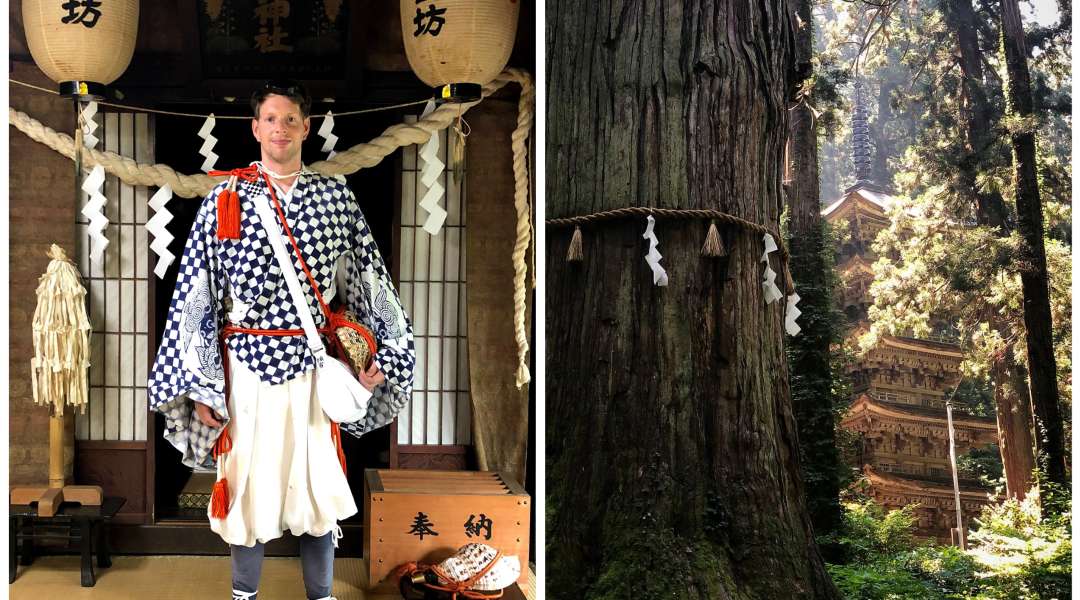
How do you become a yamabushi mountain monk? Well, a chance encounter led Tim Bunting to do just that in Japan's northern Yamagata prefecture. He's involved with the local area and a core member of the Yamabushi Project which allows visitors to experience Yamabushi training in English! We talked about Tim's top recommendations for mindfulness experiences in Japan, the best of Yamagata, and his tips for exploring Japan's least visited area - the Tohoku region!
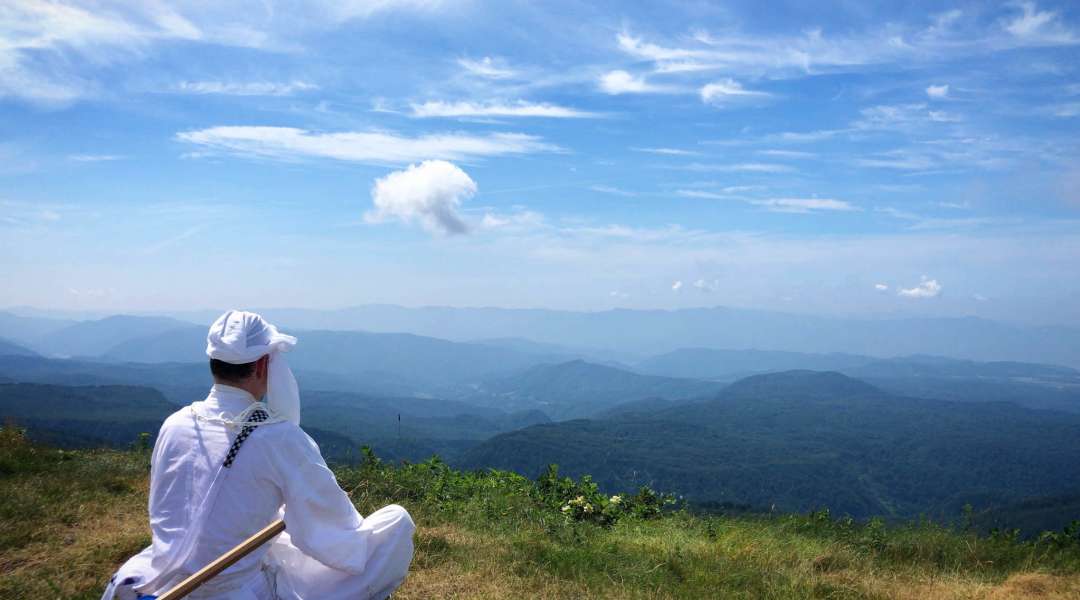
Hi, thanks for talking to us today. Could you tell us a little about yourself?
Thanks so much for giving me this opportunity. My name is Tim Bunting (Yamabushi name Ryosen 諒宣), and I have been living in the Shonai region of Yamagata Prefecture in Tohoku since 2010. I am a certified Dewa Sanzan Yamabushi mountain monk, a follower of the ancient Japanese belief of Shugendo, an amalgamation of Shintoism, Esoteric Buddhism, Taoism, and native Japanese animism that developed in the mountains of Japan from the 7th century.
Since 2016, I have been honoured to be a core member of the Yamabushido project providing opportunities for self-development through Yamabushi training in English. Yamabushido trainings are based in Daishobo pilgrim lodge on Mt. Haguro run by the sagelike Master Hoshino, our very own Master Yoda. I am also a member of the Dewa Sanzan Monzenmachi Project spreading the splendour of The Three Sacred Mountains of Dewa (Dewa Sanzan) throughout Japan and the rest of the world.
On a more personal level, earlier in 2021 I began a project aimed at summiting and documenting all 100 Famous Mountains of Yamagata through my blog and YouTube channel.
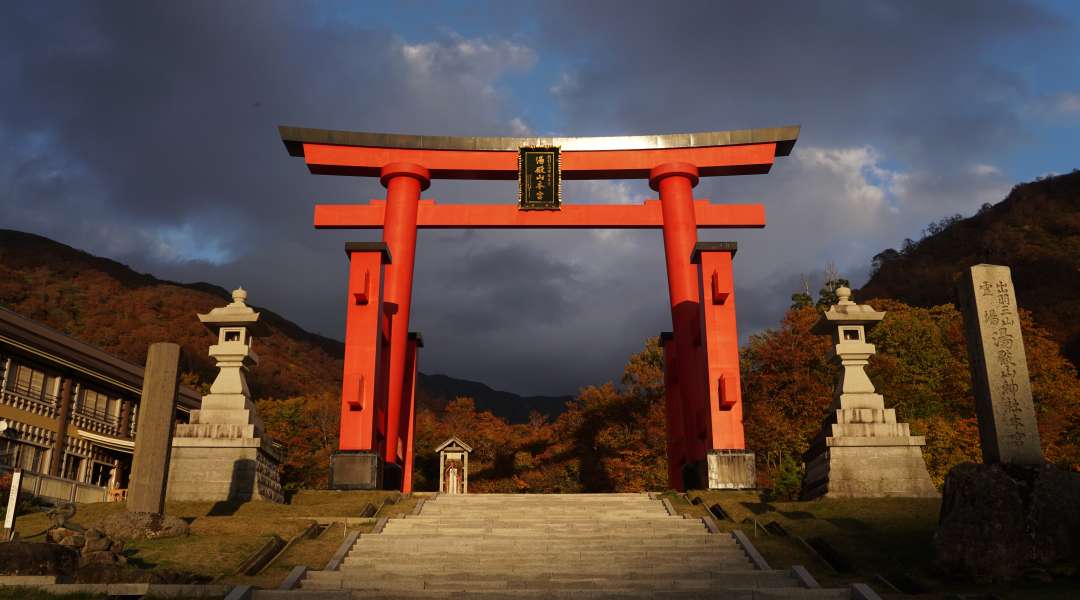
What led you to becoming a Yamabushi in Yamagata prefecture?
One week after coming back to Shonai from my father’s funeral in New Zealand I had a chance encounter; a friend introduced me to my now Yamabushi partner Takeharu Kato (Tak) of the Yamabushido project, and it was a meeting that changed the course of my life completely.
Up until then I had been wanting to do something to help put the Shonai region of Yamagata on the map. With three Japan heritage sites in an area the size of Tokyo’s 23 wards, and Japan’s only UNESCO Creative City of Gastronomy, the Shonai region has everything; good food, good culture, good people, good history, the works. I knew that this area had a lot to offer the world, but we wanted to do something that undeniably changed lives, and this is where Yamabushi training came in.
Following in the footsteps of over 1400 years of ascetics on the Dewa Sanzan mountains, over rocks, through flowing rivers, under gushing waterfalls, deep in the middle of sprawling forests, yamabushi training is a powerful experience that takes you back to nature, and back to yourself. Through yamabushi training, countless generations have found peace at the deepest level, and providing yamabushi training sounded like the perfect opportunity to do something uniquely Japanese to emphatically help not only the Shonai region, but mankind as a whole.
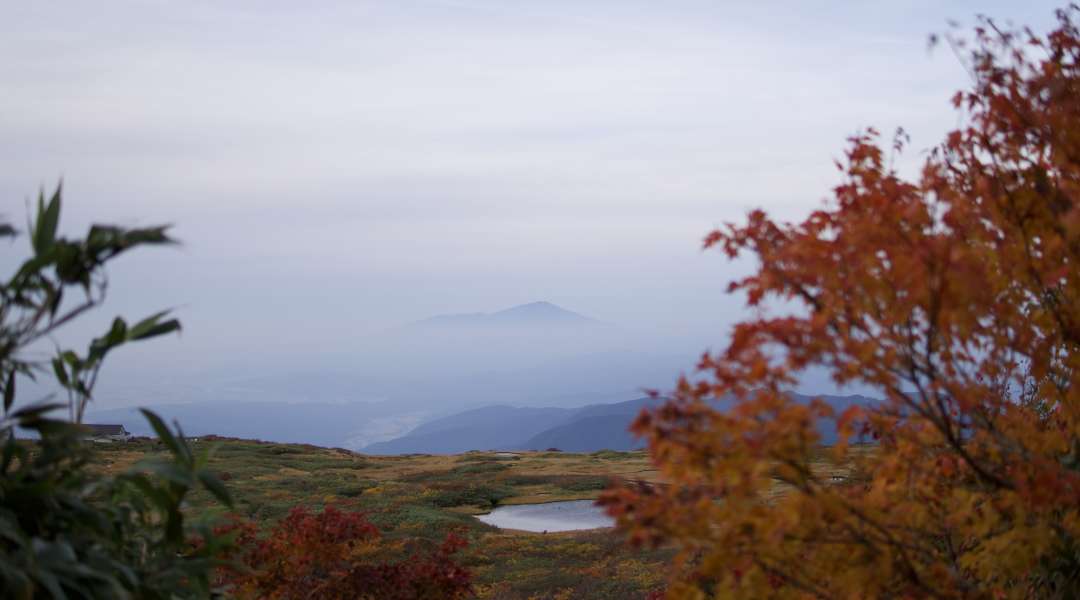
I quickly joined Tak on the Yamabushido project, and after a few months became certified as an official Dewa Sanzan Yamabushi completing the weeklong Akinomine Autumn’s Peak ritual through Dewa Sanzan Shrine in 2017. For a few years now we have been hosting people from all corners of the world, and I’m proud to say even some who are coming to Japan for the first time, right here to the Shonai region of Yamagata Prefecture.
The powerful thing for me about yamabushi training is that it takes you out of your comfort zone, and by doing so, helps you appreciate the simple things in life. From this appreciation, I feel Ikigai, the desire to live well. Having experienced hardship myself, not only with my father but also with my terminally-ill mother, I still feel content in my daily life, and I owe a lot of that to being a Yamabushi. I know firsthand just how powerful yamabushi training is, and I have seen similar changes in the people who come to us, so I am certain yamabushi training is something the world can benefit from.
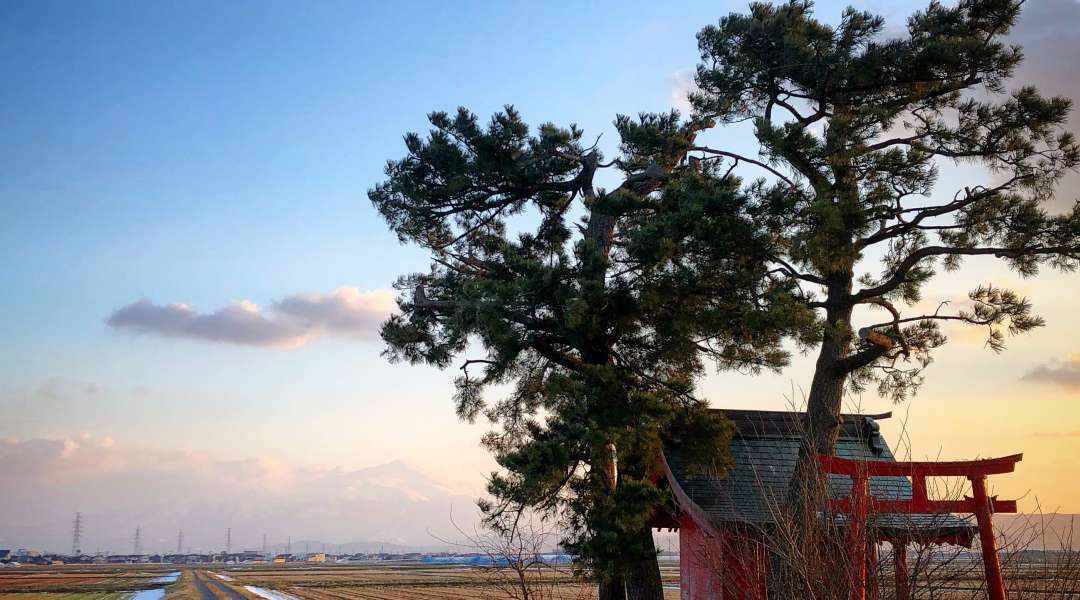
Do you have any recommendations for people who are looking for mindfulness experiences during their stay in Japan?
You don’t have to be religious to practice religious things in Japan. Ask any Japanese person about ‘born Shinto, marry Christian, die Buddhist’. I am a Dewa Sanzan Shinto Yamabushi, but I don’t have any specific belief system. In saying that, it definitely helps to have some sort of background knowledge as to why religion in Japan is the way it is, which you can learn about with my YouTube video ‘Japanese are Shinto and Buddhist? How?’
For specific recommendations, the top of my list could only be the Dewa Sanzan. The Dewa Sanzan has played host to over 1400 years of visitors, even being the destination Matsuo Basho had in mind when composing The Narrow Road to The Deep North, Japan’s quintessential Haiku collection. If you do visit, by no means do you have to do yamabushi training. Simply traversing the three mountains has been called ‘a journey of rebirth’ since ancient times, but you will have to come in the warmer months to climb the higher peaks Mt. Gassan and Mt. Yudono.
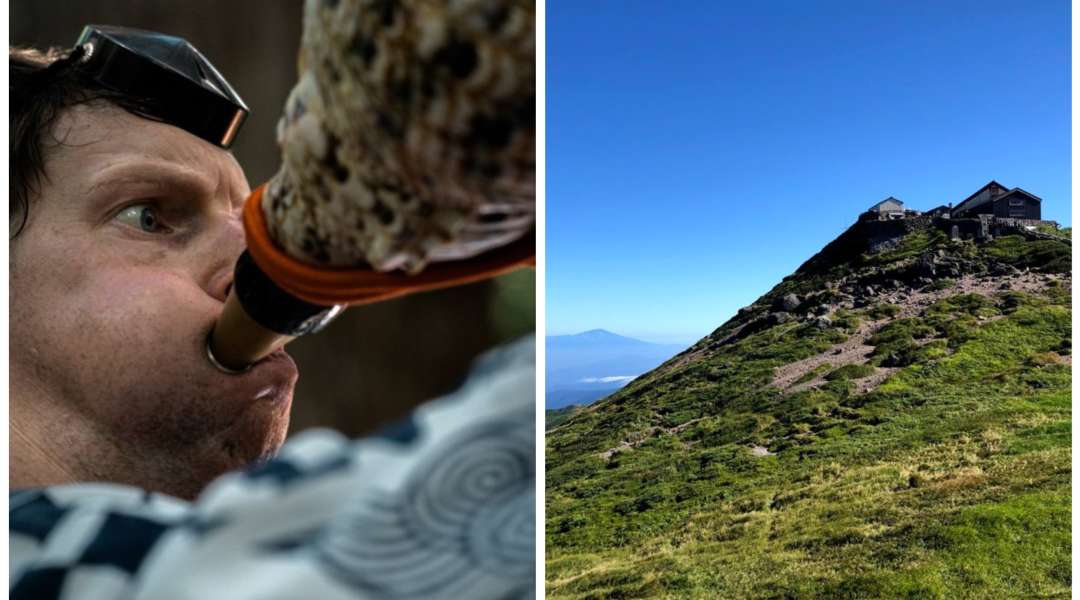
From the Dewa Sanzan to the Ohenro in Shikoku, the Kumano Kodo, and you could include the Tokaido between Tokyo and Osaka and the newly refurbished Michinoku trail on the eastern Tohoku coast, Japan is covered in ancient pilgrimage trails just waiting for you to explore. Of these I have only been to the Dewa Sanzan, the Michinoku Trail, and parts of the Kumano Kodo. Staying at a Shukubo on Mt. Koya (Ekoin) and experiencing the night walk and Gomakito prayer was an especially humbling time that I’d recommend any open-minded person take part in.
My advice for anyone taking part in mindfulness experiences in Japan would be to wholeheartedly dive into whatever it is you are doing. Especially with things like Yamabushi training, it helps to surrender yourself to get the most out of the experience. This much is definitely true when it comes to things like waterfall meditation and chanting.
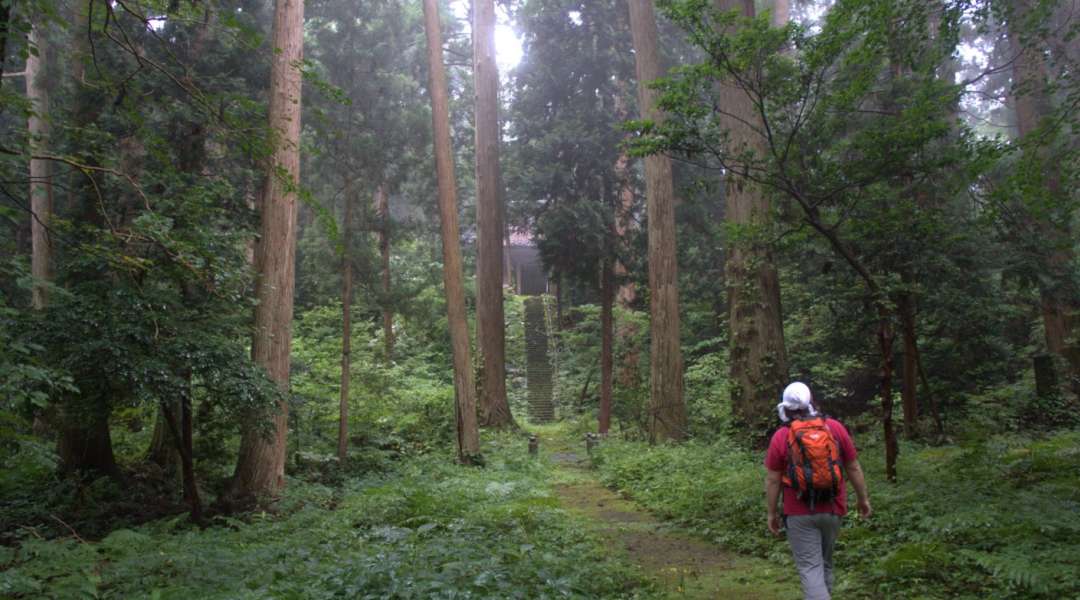
What would you say makes Yamagata special? Do you have any recommendations?
What makes Yamagata special for me is the unique way in which the mountains have shaped the lives of the people that live there. Specifically, the Dewa Sanzan is home to its own school of Shugendo, Haguro Shugendo, and Haguro Shugendo has an extremely powerful philosophy called Uketamo, which we translate as ‘I accept’. I mentioned my father earlier. Well, Uketamo has been instrumental in helping me through these struggles, but also in other more positive areas of life.
As Master Hoshino puts it ‘whatever comes to you in life, good things and bad, if you are able to Uketamo (accept), your field of horizons expands’. The people of Yamagata have been living this and other mountain philosophies their whole lives, and they are all the more stronger for it. I don’t want to disappoint, but the best (only) way to learn Uketamo is to join yamabushi training.
In terms of actual recommendations, besides joining us on Yamabushi training, I definitely recommend staying in a Shukubo pilgrim lodge, trying Dewa Sanzan Shojin Ryori (ascetic cuisine using ingredients sourced straight from the mountains) and exploring the five story pagoda and stone stairway of Mt. Haguro. Risshakuji Temple at Yamadera is also a definite must-see. Although I am yet to get there, I hear Ginzan Onsen is rather nice as well, maybe something for my 100 Famous Mountains of Yamagata Project.
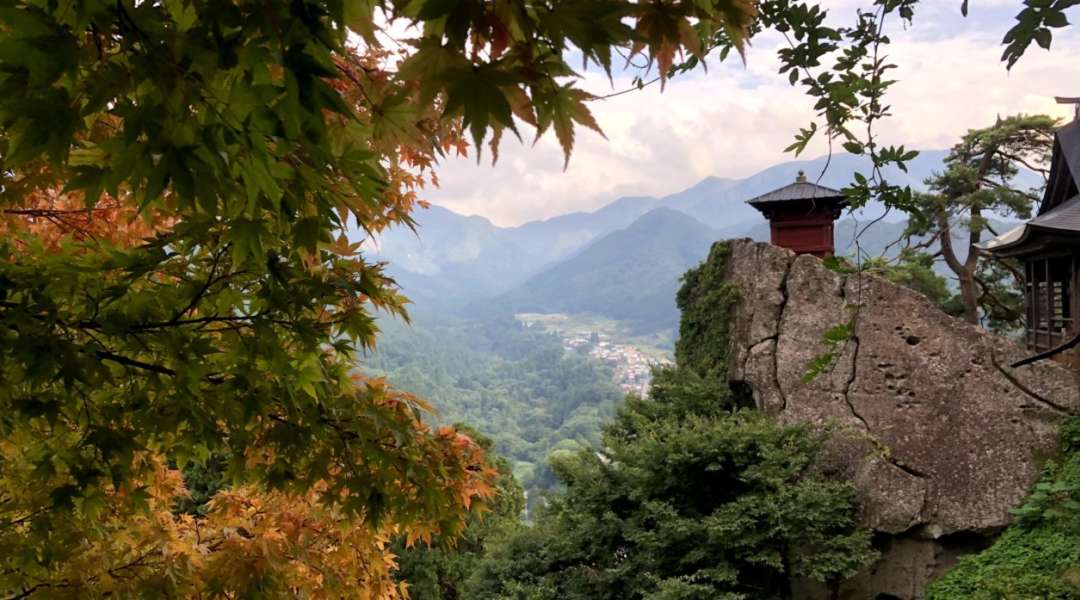
Tohoku is still an area of Japan seen as ‘off-the-beaten-path’ by visitors. Do you have any advice for people heading there for the first time?
Tohoku being ‘off-the-beaten-path’ is both a blessing and a curse. It’s a blessing in that if you time it right, you can have the whole of Mt. Haguro to yourself (done that more than once), and also the only lines are generally at the ramen shop.
At the same time, Tohoku being off the beaten path means that public transport is minimal at best. I’d definitely recommend getting your own transport, renting a car, or even a caravan. That way you also get to experience the many Michi-no-eki roadside stations that sell all manner of local specialties as well!
Thank you!
Make sure to follow Tim and his projects on social media!
Kiwi Yamabushi: Facebook, Instagram, Twitter, YouTube channel, and website


























































